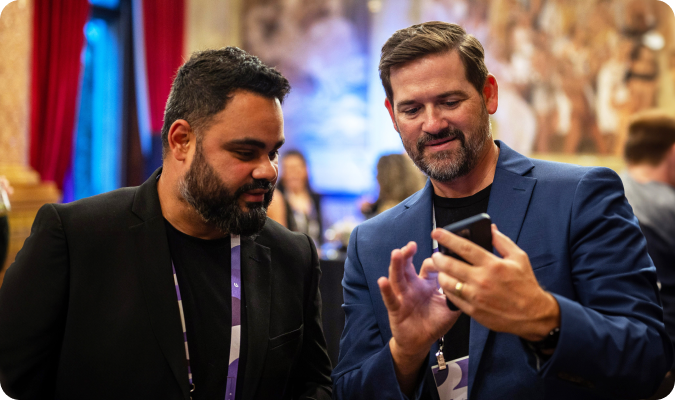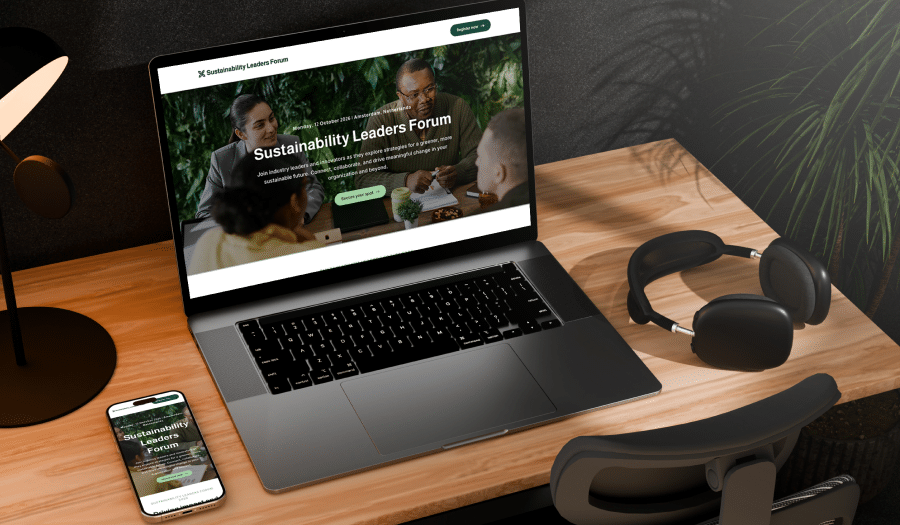
Ever heard that saying ‘Failing to plan is planning to fail’? Any event planner worth their salt will know the truth of this, and that an event’s success is determined in the days, weeks and months before the doors even open.
The ‘event lifecycle’ encapsulates that entire event journey, from a nascent idea jotted down in your notebook to the celebratory toast with your event team. Broadly speaking, it can be defined into 5 stages: Strategy, Planning, Marketing, Delivery, and Analysis.
Strategy
Before all else, you need to define the goals and key outcomes of your event and decide on the strategy or roadmap to get there. Start by defining your audience/s and stakeholders; what motivates and excites them? What aspects of an event are most likely to get them to sit up and take notice?
This is the ‘right brain’ part of event planning, where your creativity and vision come to the fore. Have fun with it, think creatively and let your imagination run wild. How can you tailor the content, interactions and experience of your attendees towards achieving an incredible outcome? Of course, we need to (boring, I know!) stick to a budget, and it’s sometimes at this stage that soaring ambitions must come crashing back to reality. As a wise person once said, “The essence of strategy is choosing what not to do”.
Planning
Once you’ve defined your strategy, you need to decide on the tactics you will use to implement it. Even with a simple event, planners will face a thousand choices and challenges they need to navigate, and this only increases as you get to the pointy end of the event lifecycle. Good planning means seamless execution, and the work and detail you devote in this phase will pay dividends as you get closer to event time.
Look to automate wherever possible and always stress-test your processes. Time consuming workflows may be manageable when everything is going well but restrict your ability to scale and manage crises. For example, if it takes 15 minutes to amend a name badge for one attendee, imagine if 500 needed to do this all at once – at event time – while the queue at the entrance gates keeps getting bigger.
Theocharis Sideras, Business Manager at Global Events recognised the need to automate check-in at the 29th Scientific Conference of Hellenic Medical Students, “because so many people arrive at the same time, we knew from previous events that we needed to make the arrival and check-in process as smooth and seamless as possible,” he said. Using EventsAir, they were able to facilitate 1200 check-ins in 4 hours (read full case study).
With this and so many other aspects of an event, from registration and check-in to communications and delivery (think attendee app), good event technology should form the core of your planning. Aim for a centralized database for attendee management, payments, and stakeholder/speaker management, which can automate simple but time-consuming tasks, and allow multiple stakeholders to be updated in real-time as things change.
Marketing
Without marketing, even the best idea in the world will remain just that, an idea. Once you’ve defined the strategy for your event, and planned the journey towards implementing it, you need to get the word out and get people registering. There are many great resources you can use to market your event and spread the word, from social media campaigns to industry publications and paid advertisement. Try to think about your audience and where your message will best be heard, and then about the messaging that will most appeal. Is it your content, experience, or destination that is the key drawcard?
Discover how to deliver automated, personalized, and on-brand event marketing with EventsAir.
Delivery
If you got this far, well done! Your strategy was sound, your planning paid off, and your marketing worked – now it’s show time. Assuming you paid attention during the planning phase, success now is about mitigating the hiccups and challenges that are inevitable in any event. Your keynote speaker gets hit by a bus? No worries, put the AV guy on stage to tell some jokes. Your exhibition hall catches fire? Hey, there’s always the car park! Jokes aside, your pre-event stress-testing and risk mitigation in the planning phase, and the contingencies you have in place for last minute changes will give you the flexibility to roll with the punches no matter what happens.
But perhaps the most important factor to success at the delivery phase is an experienced team who stay calm under pressure, work together well and have good methods and means for communication.
Analysis
Once the dust settles, it’s time to evaluate the successes and failures, what worked and what went wrong. A key element to this analysis has always been the post-event survey, but better than this is real-time feedback from your attendees during the event. Good technology can play a huge role here; think passive tracking of foot traffic and interaction via beacons and RFID. A good mobile attendee app can give your attendees a voice and allow you to gather feedback in real-time, to address issues as they crop up, rather than waiting until your attendees go home dissatisfied.
An event management platform like EventsAir can collect, aggregate, and analyze the data from all of these sources, making it easy for you to gain meaningful insights that will inform future event planning or decision-making.
Each of these stages is crucial to the success of your event and are neglected at your peril. By considering the entire lifecycle and using the right tools and technology, event planners and PCOs can drive more successful events and achieve better ROI than ever before.
Schedule a time to chat with one of our experts to learn how the right event technology solution can be a complete game-changer to your event today!
Talk to usAbout the Author
During his 10+ years in the events industry, Thomas has helped thousands of customers navigate a rapidly evolving technology landscape, and is a passionate advocate for the ways in which good technology can make life easier for event planners, drive ROI and enhance the attendee experience.
Best Practice | Event Planning & Management
See EventsAir in action
Discover why 12,000+ event professionals trust EventsAir to deliver effortless events, every time.





